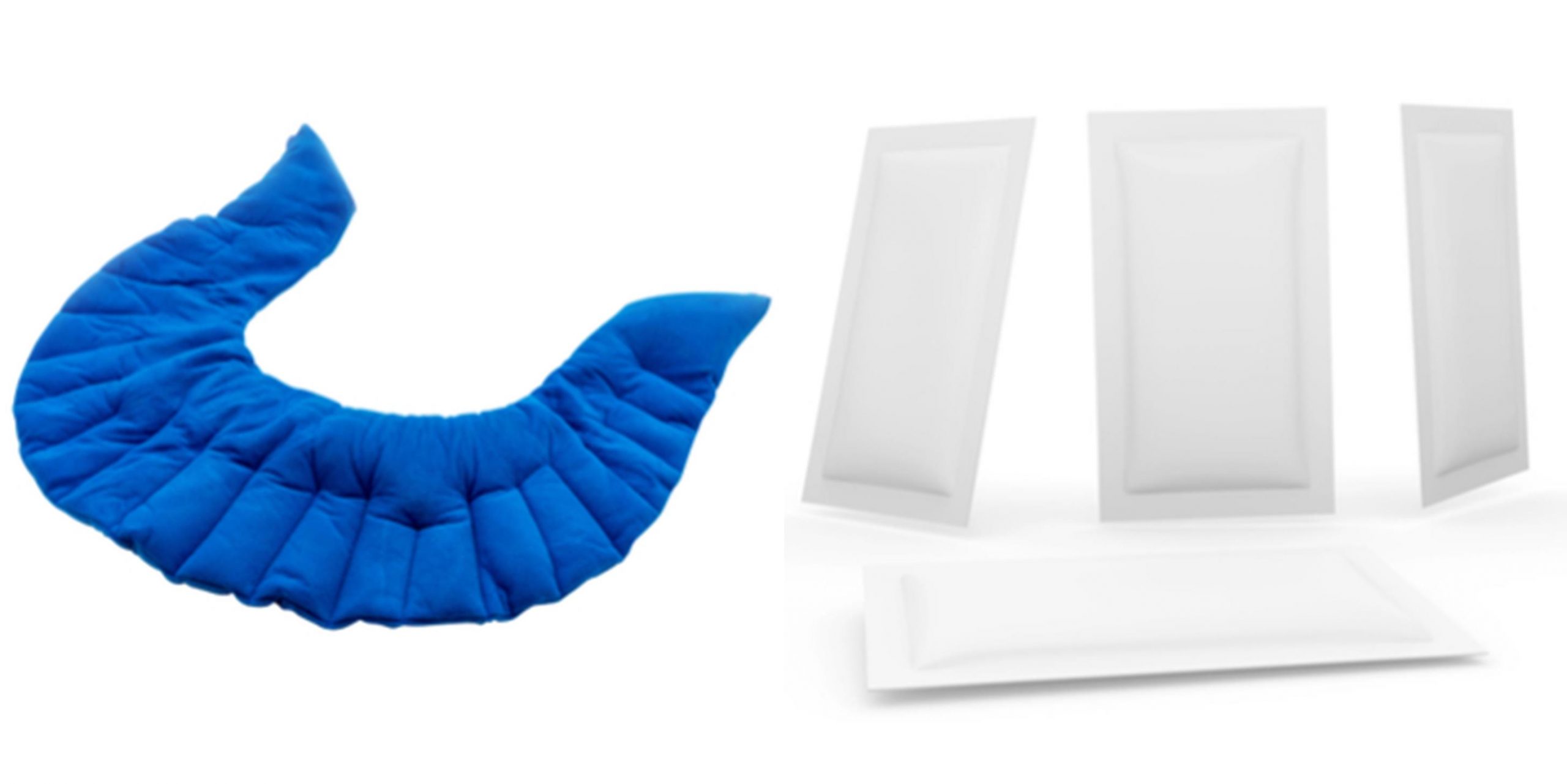Heat

Heat is believed to play a role in reducing period pain when performed either prior to, or during menstruation (bleeding), and may help manage severe period pain. Heat can be an effective alternative to analgesic medication for the management of pain in primary dysmenorrhea (period pain).

Heat Pack (left) Heat Patches (right)
How Heat Works
Heat helps to increase blood flow in the area where heat is applied, relaxing the muscle and decreasing the perception of pain.
Using Heat
The application of heat including methods such as a heat bag, a heated towel, a hot water bottle and electric heat pads, has been traditionally used to treat period pain. Despite concerns associated with burns and inflammation, heat it is still believed to be an effective, non-invasive and low-cost source of relief from period pain.
New heat application patches have been adapted and designed to provide relief of pain associated with menstruation. Studies have shown that the use of these heat patches have a comparable effect to Ibuprofen and can significantly decrease the level of period pain.
In addition, combining the use of heat and analgesics such as Ibuprofen can result in faster pain relief, particularly compared to the use of Ibuprofen alone. Further information on medication is outlined in the medication section below. Heat is shown to be best used when you have your period, for short term pain relief.
What Can You Do?
- Heat packs and hot water bottles are the most common forms of heat used to treat period pain.
- The application of heat is most effective if it is kept at a constant temperature between 38 to 40 degrees for 8-12 hours.
- When you experience period pain, try applying the heat pack to the areas where you feel discomfort, for example, the belly or lower back.
- Never apply a heat pack or hot water bottle directly to the skin, apply the heat pack on the outside of the clothing. This helps prevent burns.
- An alternative is ‘heat patches’, which stick directly to the skin. These provide a constant temperature of about 38 degrees, reducing the risk of burns. These last about 6-8 hours and can move around with these on. For most individuals these will be more effective than a heat pack or hot water bottle. You can talk to your doctor or local pharmacist about these.
